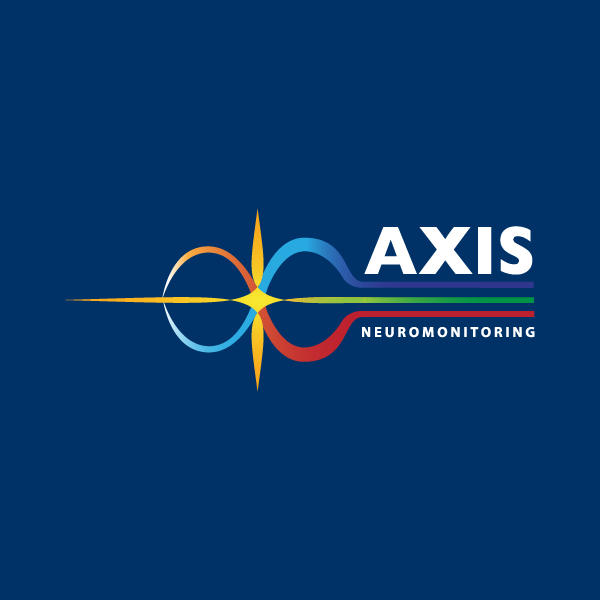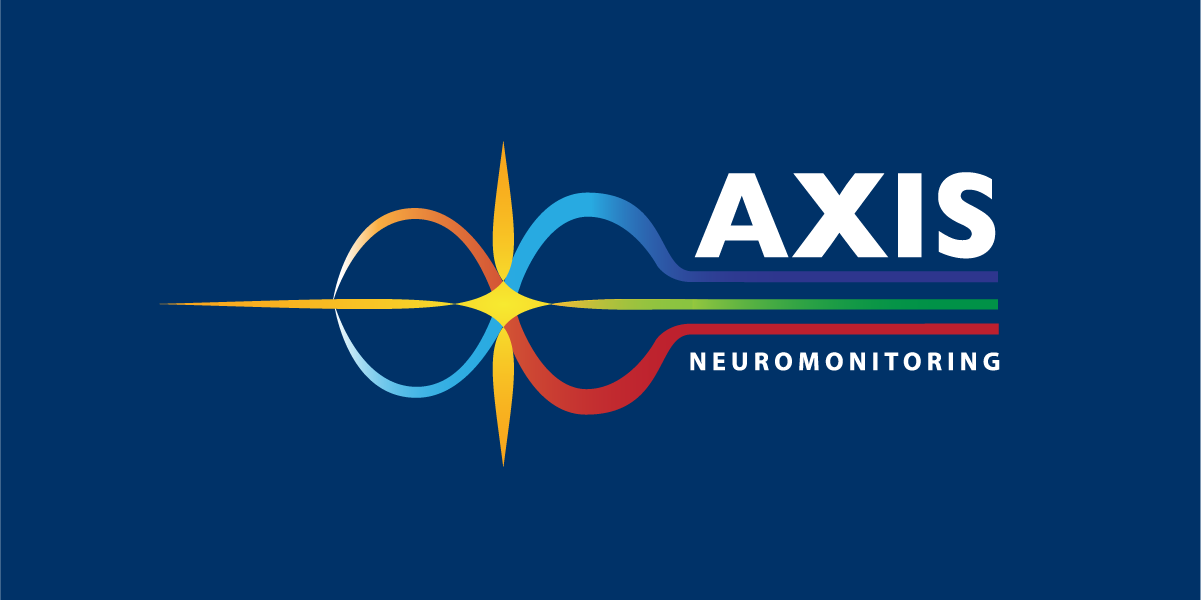How IONM Modalities are Revolutionizing Modern Surgery
March 31, 2025
Intraoperative Neuromonitoring (IONM) is a cornerstone of modern surgical safety providing real-time feedback on neural function to help prevent complications. One of its greatest strengths lies in its versatility, employing multiple monitoring modalities tailored to specific surgical needs.
From somatosensory evoked potentials (SSEPs) to motor evoked potentials (MEPs) and electroencephalography (EEG), each modality plays a unique role in safeguarding patient outcomes.
Somatosensory Evoked Potentials (SSEPs)
SSEPs measure the electrical responses of the brain and spinal cord to sensory stimuli, providing a snapshot of the integrity of sensory pathways. During surgery, electrodes stimulate peripheral nerves, and the resulting signals are recorded to monitor the function of the spinal cord and brain.
Applications:
- Spinal Surgery: SSEPs are particularly valuable in procedures like spinal decompression or scoliosis correction, where the risk of spinal cord damage is high.
- Vascular Surgery: Monitoring SSEPs during carotid endarterectomy ensures adequate blood flow to the brain, reducing the risk of ischemic injury.
- Orthopedic Surgery: In cases involving joint replacement or fracture repair near major nerves, SSEPs help protect neural structures.
Motor Evoked Potentials (MEPs)
MEPs assess the functional integrity of motor pathways by delivering electrical or magnetic stimulation to the brain and recording the resulting muscle activity. This modality is crucial for surgeries where motor function is at risk.
Applications:
- Brain Surgery: MEPs are indispensable in tumor resections near the motor cortex, enabling surgeons to avoid critical motor pathways.
- Spinal Surgery: In procedures involving spinal realignment, such as kyphosis or scoliosis corrections, MEPs monitor the spinal cord’s motor pathways.
- Peripheral Nerve Surgery: MEPs help ensure the preservation of motor function when working near major nerve bundles.
Electroencephalography (EEG)
EEG monitors the brain’s electrical activity, offering a real-time view of cortical function. This modality is often used to detect changes in brain activity that may indicate inadequate oxygenation or blood flow.
Applications:
- Neurosurgery: In surgeries addressing epilepsy or brain tumors, EEG helps localize functional areas of the brain, reducing the risk of cognitive deficits.
- Cardiac Surgery: During procedures like aortic aneurysm repair, EEG ensures adequate cerebral perfusion.
- Carotid Surgery: EEG is used to detect ischemic changes during carotid artery clamping.
Electromyography (EMG)
EMG monitors muscle activity to assess the health and function of motor nerves. By placing electrodes near muscles of interest, EMG provides immediate feedback on nerve integrity.
Applications:
- Spinal Surgery: EMG detects irritation or damage to nerve roots during spinal instrumentation or decompression.
- Cranial Nerve Monitoring: In procedures near cranial nerves, such as parotid gland surgery, EMG is used to identify and map out the locations of nerves so they can be avoided and preserved.
- Orthopedic Surgery: EMG helps avoid nerve damage in surgeries involving complex joint realignment.
Advancements in IONM Technology
Technological innovations have enhanced the effectiveness of IONM modalities. AI-powered algorithms now improve the accuracy of signal interpretation, reducing false positives and enabling faster decision-making. Remote monitoring technologies also allow expert neurophysiologists to oversee surgeries from afar, ensuring high-quality care even in facilities without on-site specialists.
Multi-Modality Monitoring
In most cases, combining multiple IONM modalities provides the most comprehensive protection. For instance, spinal surgeries often use SSEPs, MEPs and EMG to monitor sensory and motor pathways simultaneously. Similarly, neurosurgical procedures may integrate EEG, SSEPs and MEPs to safeguard perfusion and preserve critical functions.
Understanding the different modalities of IONM is essential for appreciating its role in modern surgery. Each modality—whether it’s SSEPs, MEPs, EEG, or EMG (or even others not mentioned here!)—offers unique insights that help mitigate surgical risks and enhance patient outcomes. By tailoring monitoring strategies to the specific demands of each procedure, IONM empowers surgical teams to navigate complex cases with confidence.
For more information on the benefits of neuromonitoring and its role in enhancing patient care, please contact us at 888-344-2947,
Works Cited:
https://skullbase.bwh.harvard.edu/ionm/



